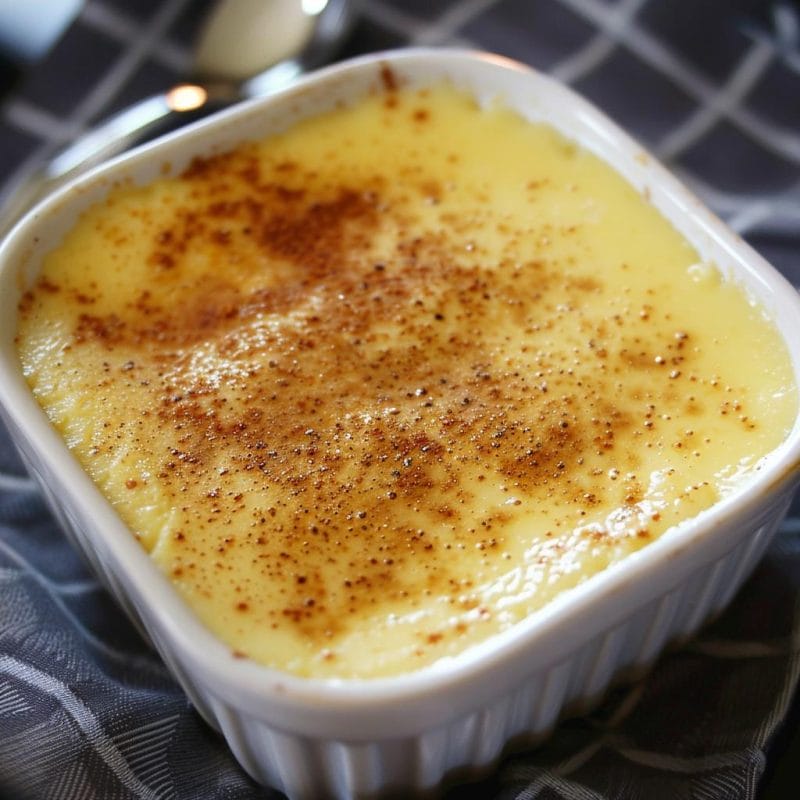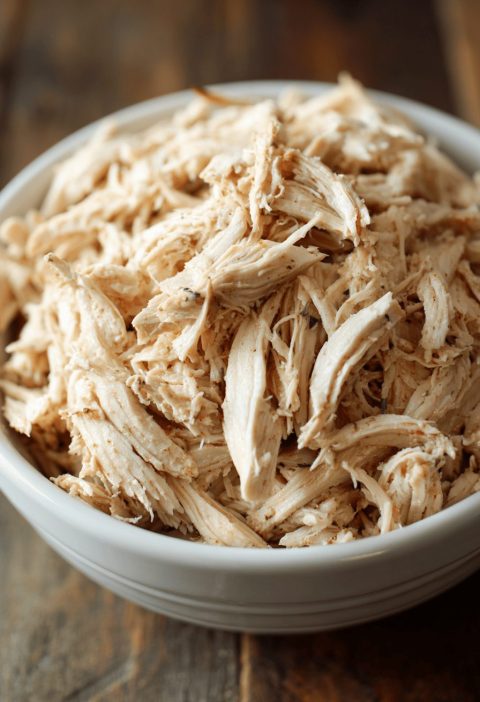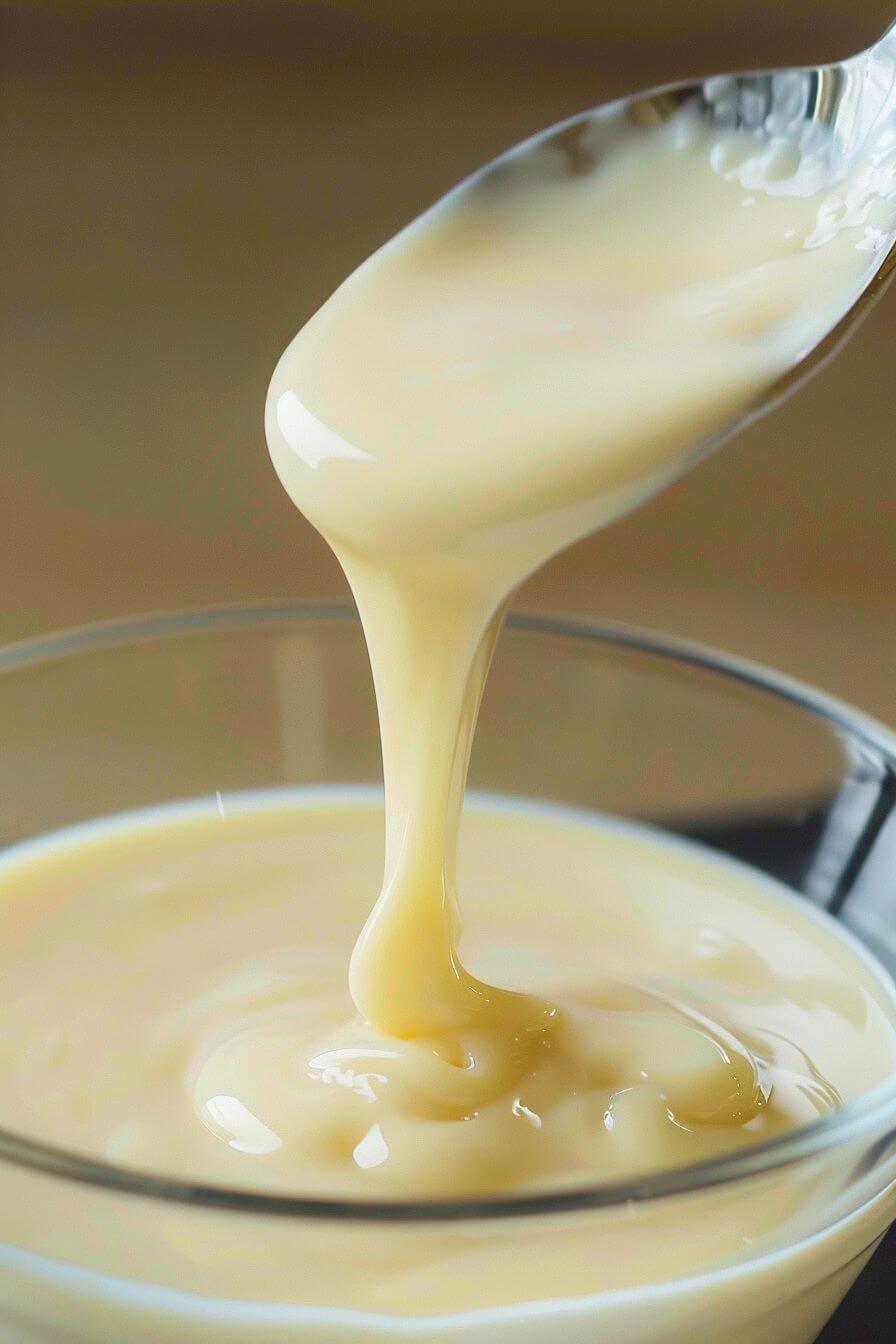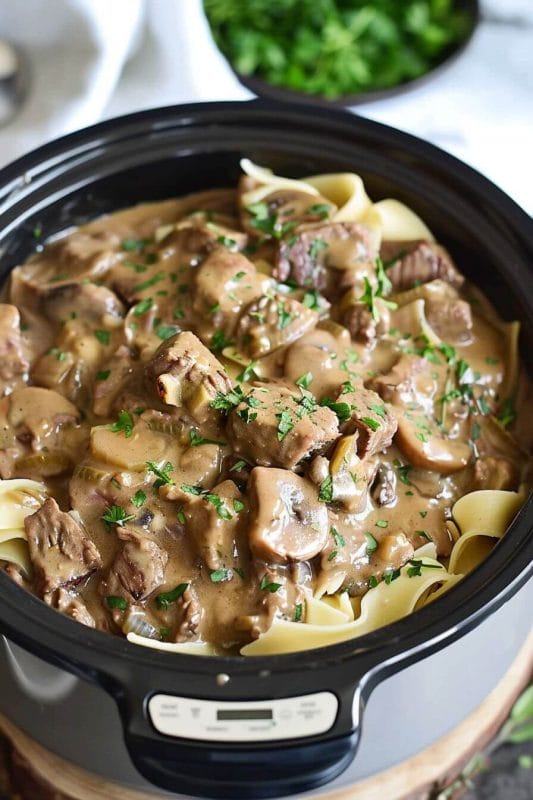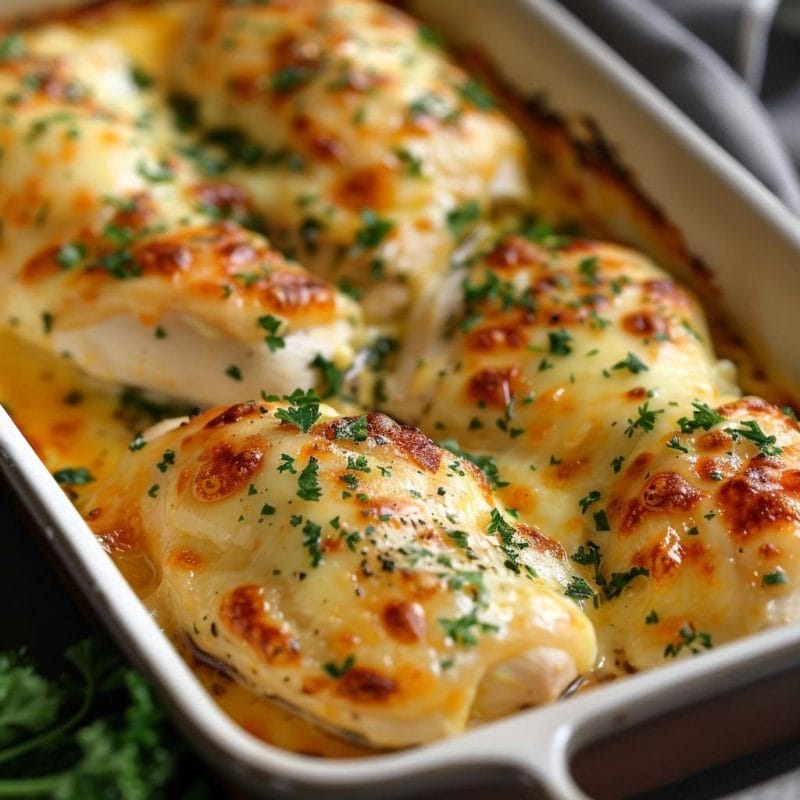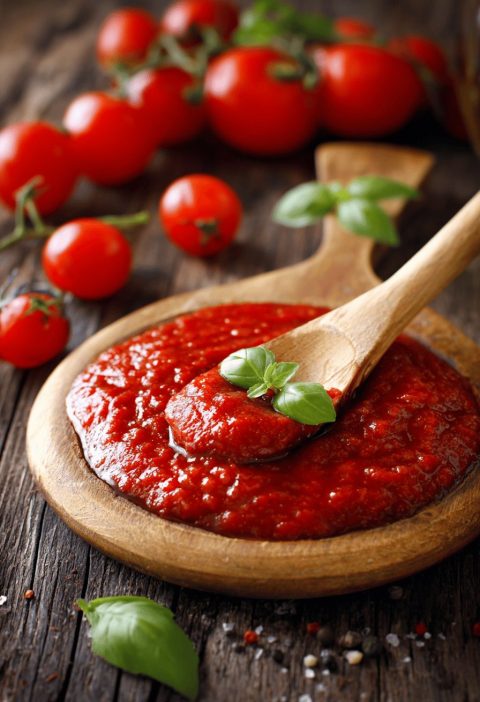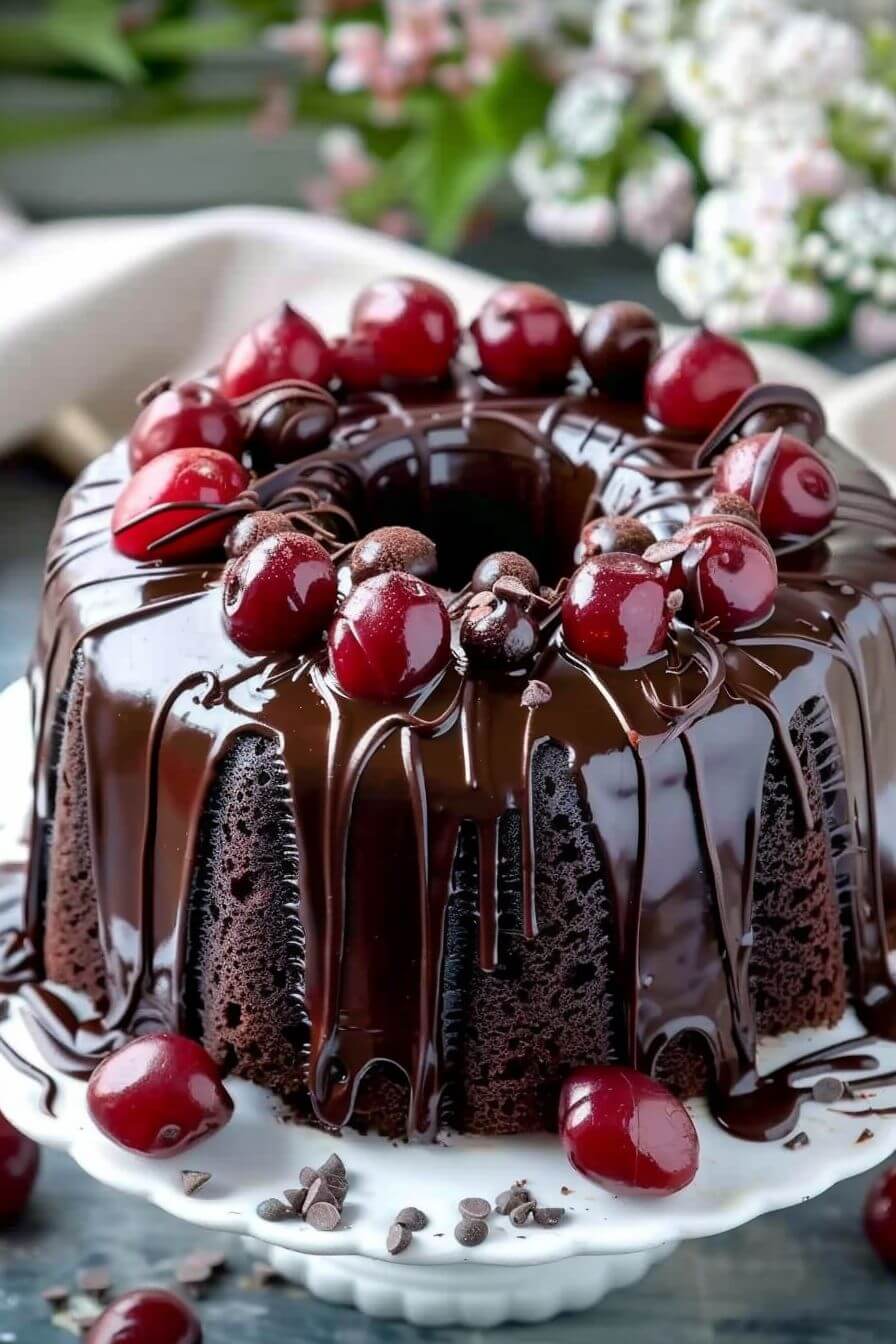Would you like to save this?
Egg custard is a timeless dessert that has graced dining tables for centuries. Known for its silky texture and subtle sweetness, egg custard is a versatile treat that can be enjoyed warm or chilled, plain or with a dash of nutmeg. Its origins can be traced back to medieval Europe, where custards were a staple in both sweet and savory dishes. Today, this classic dessert remains a favorite due to its simple ingredients and straightforward preparation.
The beauty of egg custard lies in its simplicity. With just a handful of pantry staples—eggs, milk, sugar, and vanilla—you can create a dish that is both comforting and elegant. The key to a perfect egg custard is gentle cooking, which ensures a smooth, creamy texture without curdling. This fail-proof recipe guides you through the process, guaranteeing delicious results every time.
In addition to the basic recipe, egg custard is highly adaptable. You can infuse it with various flavors, adjust the sweetness, or even alter the ingredients to fit dietary needs. Below, you’ll find a detailed recipe for making classic egg custard, along with several variations and substitutions to inspire your culinary creativity.
Fail-Proof Egg Custard Recipe
Ingredients
4 large eggs
1/2 cup granulated sugar
2 cups whole milk
1 teaspoon vanilla extract
Pinch of salt
Ground nutmeg, for garnish (optional)
Instructions
Preheat the Oven:
Preheat your oven to 325°F (160°C). Arrange four ramekins in a baking dish and set aside.
Whisk the Eggs and Sugar:
In a mixing bowl, whisk together the eggs and sugar until they are well combined and the mixture is slightly pale.
Heat the Milk:
In a saucepan, heat the milk over medium heat until it just starts to simmer. Remove from heat.
Combine Milk and Egg Mixture:
Slowly pour the hot milk into the egg mixture, whisking continuously to prevent the eggs from curdling.
Add Flavorings:
Stir in the vanilla extract and a pinch of salt to the custard mixture.
Strain the Mixture:
Pour the custard mixture through a fine-mesh sieve to ensure a smooth texture, removing any egg solids.
Fill the Ramekins:
Divide the custard evenly among the ramekins. Optionally, sprinkle a little ground nutmeg over the top of each custard.
Create a Water Bath:
Carefully pour hot water into the baking dish, around the ramekins, until the water level reaches halfway up the sides of the ramekins.
Bake:
Bake the custards in the preheated oven for 30-35 minutes, or until they are set but still slightly jiggly in the center.
Cool and Chill:
Remove the ramekins from the water bath and let them cool to room temperature. Refrigerate the custards for at least 2 hours, or until chilled.
Variations
Citrus-Infused Custard:
Add the zest of one lemon or orange to the milk before heating for a refreshing citrus flavor. Strain out the zest before combining with the egg mixture.
Chocolate Custard:
Stir in 1/4 cup of finely chopped dark chocolate into the hot milk, whisking until melted and smooth, before mixing with the egg mixture.
Spiced Custard:
Add a pinch of ground cinnamon, ginger, or cardamom to the egg mixture for a warm, spiced twist.
Caramel Custard:
Caramelize 1/4 cup of sugar in a small saucepan and pour it into the bottom of the ramekins before adding the custard mixture for a rich caramel layer.
Substitutions
Dairy-Free Custard:
Use almond milk, coconut milk, or soy milk instead of whole milk for a dairy-free version. Ensure the milk is unsweetened and unflavored for best results.
Sugar Alternatives:
Substitute granulated sugar with an equivalent amount of honey, maple syrup, or a sugar substitute like stevia or erythritol.
Egg-Free Custard:
Replace the eggs with a plant-based custard powder or use a mixture of cornstarch and water (1 tablespoon cornstarch mixed with 2 tablespoons water per egg) as a thickening agent.
Lower-Fat Option:
Use skim milk or a combination of milk and water to reduce the fat content while maintaining a creamy texture.
Conclusion
Egg custard is a versatile and delightful dessert that can be enjoyed in many ways. Its simple ingredients and straightforward preparation make it accessible to all home cooks, while its rich and creamy texture offers a satisfying treat. Whether you enjoy it plain or experiment with different flavors and toppings, this custard is sure to become a favorite in your dessert repertoire. Explore the variations and substitutions to create your perfect version of egg custard, and savor the timeless elegance of this classic dish.

